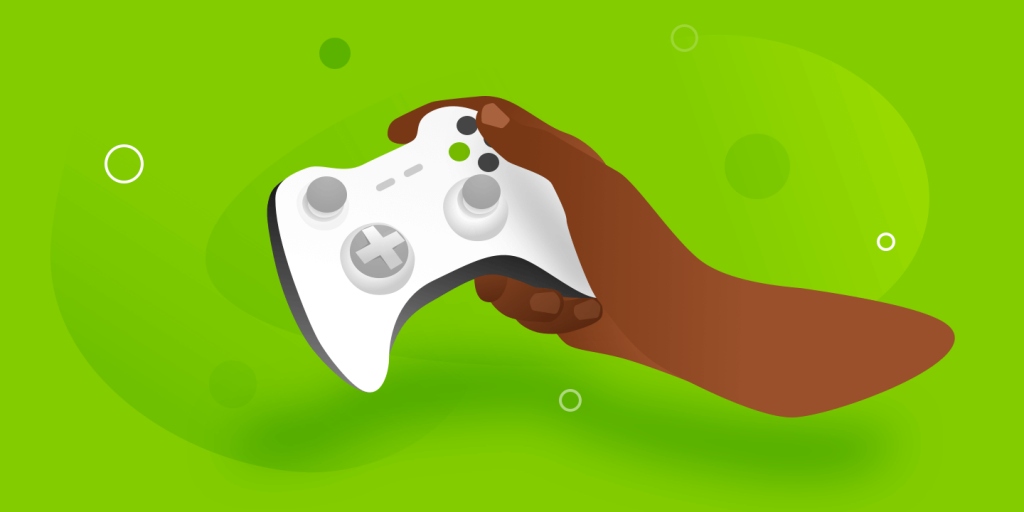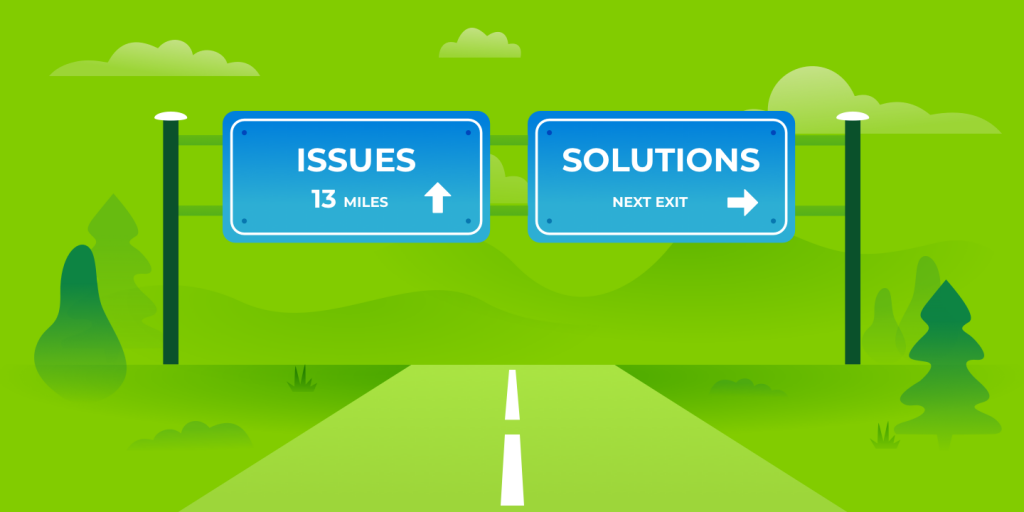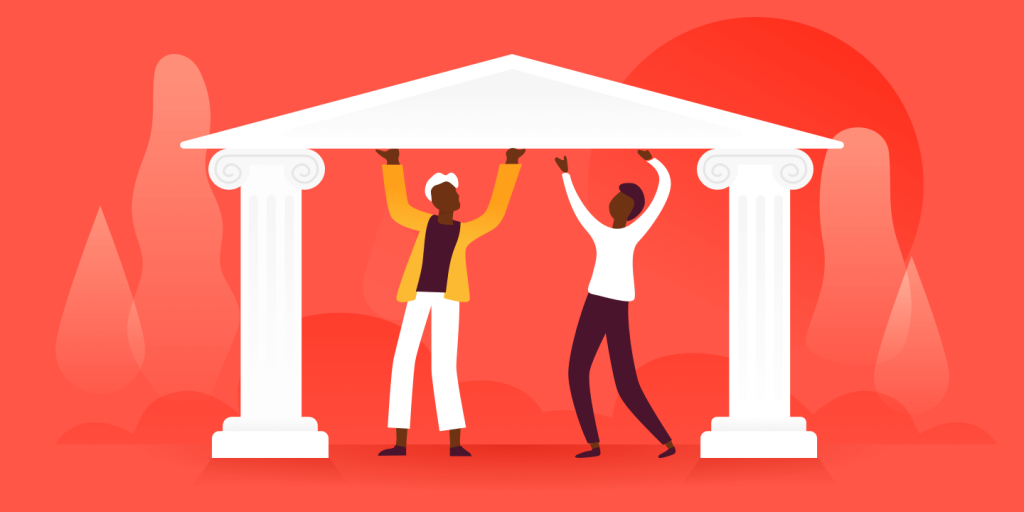Channel switching is a huge driver of disloyalty and it’s probably happening to more customers than you think.
Customers loooooove doing business with companies that make it easy.
As you’ve probably read before, high effort experiences are the biggest driver of customer disloyalty. Customers who are faced with difficult processes, entangled in unnecessary red tape and generally given the runaround will not return.
In fact, the CEB found that 96% of customers who experience a high effort situation plan to be disloyal in the near future.
In order to reduce high effort experiences, customer support teams should keep in mind the four pillars of effortless experience. These pillars are:
- Channel Stickiness: minimizing channel switching
- Next Issue Avoidance
- Experience Engineering
- Frontline Control
In this article, we dive deeply into why minimizing channel switching is so important, and how support teams can help customers on the channel of their choosing.
 Why channel stickiness is a driver of customer loyalty
Why channel stickiness is a driver of customer loyalty
Picture this. You have a quick question about the features included in your billing plan. You pop into your account, and can’t find the answer there. Searching on the help center provides no results. No problem, you think, I’ll just send a tweet for more information. On Twitter, you get told to email customer support for help. After sending in an email, customer support tells you that your account manager will need to give you a call.
It’s exhausting just reading through that scenario, but it’s even more exhausting as a customer. Gosh, you might think – it was just a quick question. Was it really worth all this hassle?
To most customers, the answer is no. And that’s why channel switching is such a huge driver of disloyalty. It’s probably happening to more customers than you think. In 2016, The Northridge Group reported that 55% of consumers had to use two or more communication channels to get a resolution to their question.
Switching channels means repeating the same information to multiple support reps. It also means that customers aren’t served on their channel of preference.
I really don’t like talking on the phone – and I expect most people feel the same.
On the other hand, many customers don’t like emailing or tweeting a company publically. They want to be helped on the phone, because that’s the most comfortable option for them to get fast support.
By moving a customer between channels, whether it’s between self service, Twitter, chat or phone calls, you’re making them jump through hoops. Customer support is just another word for hospitality. Serving the customer where they are, provides the best experience.
 The biggest driver of channel switching is poor self service
The biggest driver of channel switching is poor self service
When most customer support agents think of channel switching, they think of moving customers between social and email support, or between email and phone support. And while that does happen (a lot), it’s not the most common way customers encounter channel switching.
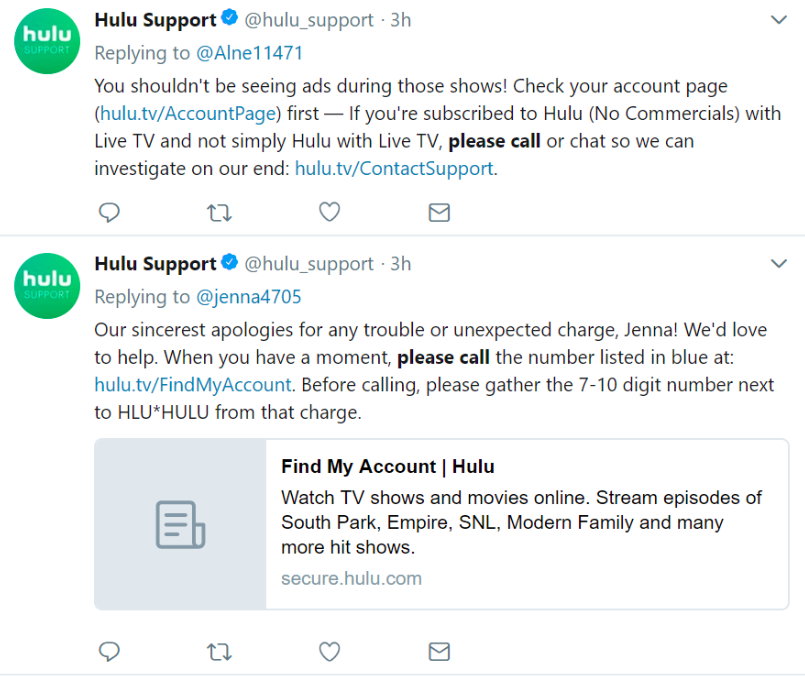
In fact, the most common switch a customer has to make is from searching on your help center to contacting support. Coleman Parkes found that 91% of customers would use a knowledge base if they knew it was available. A recent Zendesk study found that 67% of customers actually prefer helping themselves over talking with an agent.
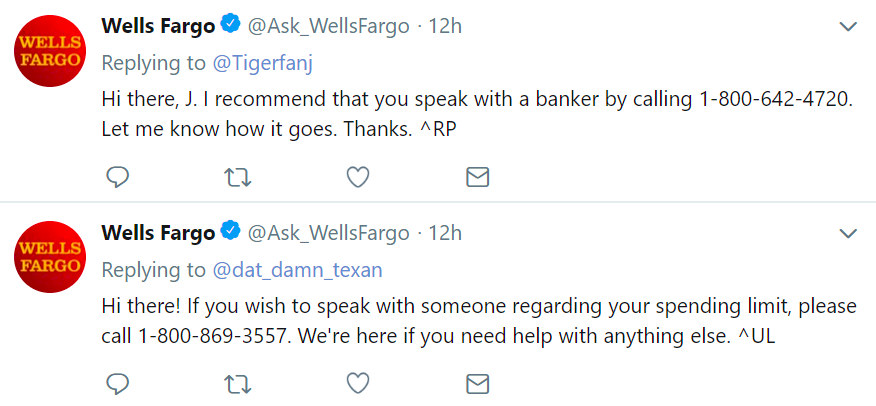
When most searches for help start online, it’s incredibly important to ensure customers find the help they need there. Besides the obvious first step of giving your knowledge base some love, here’s a few other ideas:
- Identify knowledge base searches that don’t return results. If you’re using a help center solution like Kayako, you’ll often be able to see this information in your analytics report. If not, use Google Analytics to identify any searches that result in zero results.
- Crowdsource answers to frequently asked questions in a search engine friendly way. Answerbase generates unique pages for each Q&A that help potential customers find answers through Google.
- Understand where customers came from before contacting you. Zendesk’s Pathfinder app will show you what customers viewed before submitting a ticket, or you can just ask them!
Focussing on incremental improvements of your knowledge base will help to continually reduce customer effort.
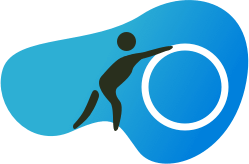 Helping customers choose the lowest effort channel
Helping customers choose the lowest effort channel
No one knows how to help your customers better than you. But so often, we leave the choice of how to contact us up to the customer.
We present them with all the options we have available, but we don’t provide any guidance.
How does a customer know that billing questions are best answered through a phone call? How can a customer discover that they’ll get a faster answer through chat than through email? They can’t. It’s up to us to help guide customers to the right channel for their question.
When customers are left to their own devices, they choose the lowest effort channel a shockingly low 20% of the time. When provided with guidance, this number increases to 66% (The Effortless Experience, CEB).
Amazon does this really well. When you click on the Contact Us page, they prompt you to enter a few details about your issue. Then, they highlight the contact channel that will be the easiest way to get help. It also takes into account their availability and queue times.

While answering a few more questions up front might seem like more effort, it ensures that the customer ends up on the best possible channel, leading to less effort overall.
Customer support teams can help customers choose the path of least resistance by mapping out the customer journey, and providing signposts along the way.
For example, if most billing questions need a phone call, include the phone number on the invoice. If getting started questions are best resolved through the onboarding guide, make sure to link to it in the product, and email it out to new users.
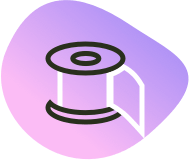 Improving contact channel stickiness
Improving contact channel stickiness
Once your customer has chosen a channel to contact you through, it’s important to try and give them as much help as possible, before moving to another channel.
- Offer call backs for phone support if the wait time is long, instead of moving to email. Customers will appreciate not having to wait for an answer, and you can look into their issue through other channels.
- Use a help desk software that makes it easy to answer customers across any channel. There’s no reason to be answering customers directly on Twitter – just funnel their questions into the same queue as your email tickets to answer them easily.
- Embrace integrations to connect channels that may not already be part of your help desk. For example, if you invite customers into your Slack room, use a tool like BubbleIQ to file their ticket from right there – instead of sending them out to fill out a contact form or send an email.
Finally, empower agents to help resolve the customer’s questions, not just direct them to a new channel or team. By allowing agents to make decisions for themselves, and giving them authority to offer refunds and solutions, you can reduce the time needed to resolve common problems – and make the customer a lot happier in the meantime.
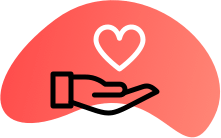 Reduce effort to increase loyalty
Reduce effort to increase loyalty
Obviously there are exceptions to this rule. Forcing a customer to tweet about private account matters isn’t the right idea – and neither is making a customer read out a complex javascript error over the phone.
With common sense, and a little understanding, using the first pillar of effortless experiences will help you keep customers happy, and loyal.




